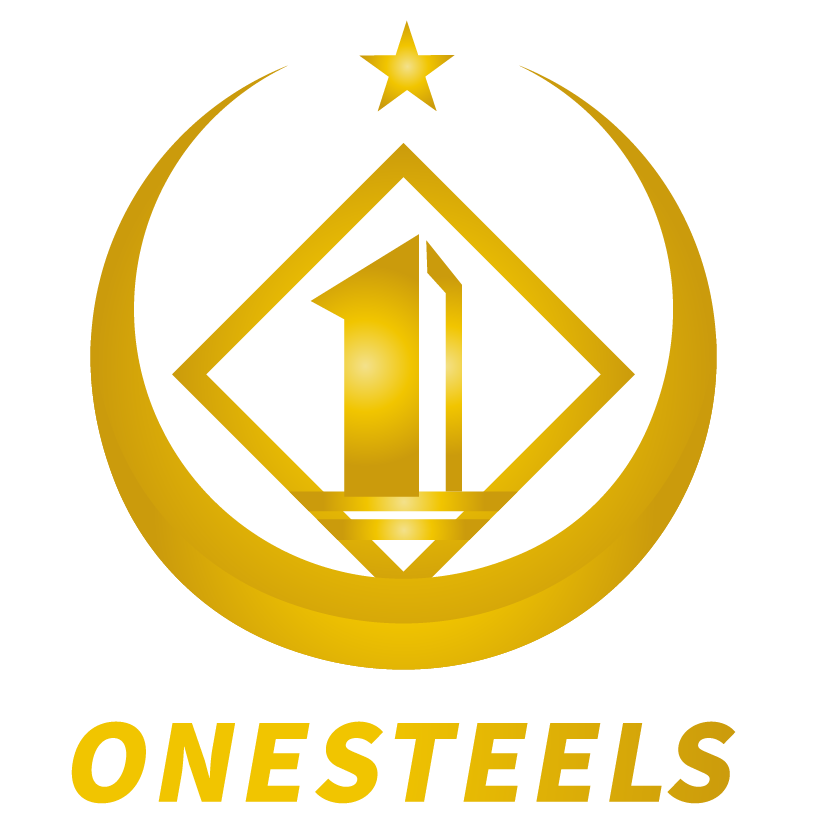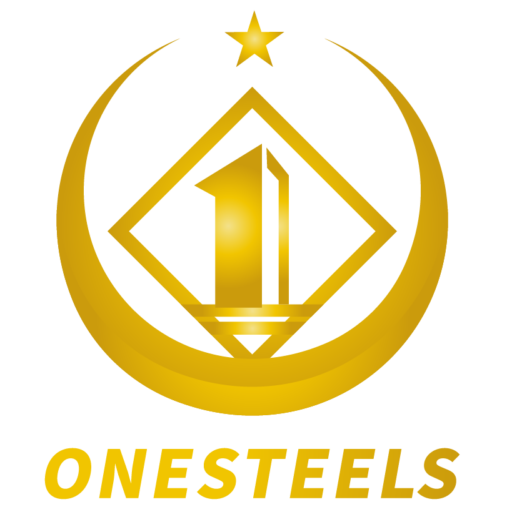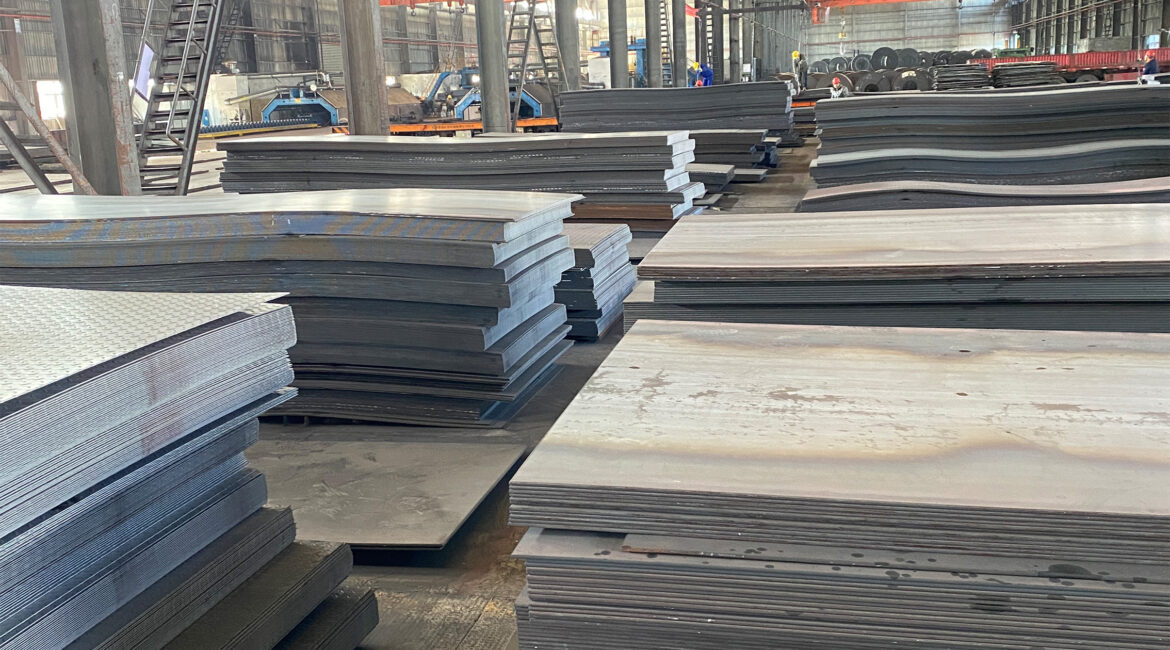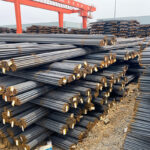Q235B Steel Plate Chemical Composition (by mass percentage)
| Element | Content Range (%) | Standard Requirement (Max.) | Notes |
|---|---|---|---|
| Carbon (C) | ≤0.20 | ≤0.22 | Affects strength and weldability |
| Silicon (Si) | ≤0.35 | ≤0.35 | Acts as deoxidizer, enhances strength |
| Manganese (Mn) | 0.35-0.80 | ≤0.80 | Improves toughness and workability |
| Sulfur (S) | ≤0.045 | ≤0.045 | Harmful element, causes hot brittleness |
| Phosphorus (P) | ≤0.045 | ≤0.045 | Harmful element, reduces cold brittleness |
| Residual Elements | – | ≤0.30 (Total) | Includes Cu, Cr, Ni, etc. |
Q235B Steel Plate Mechanical Properties
| Property | Requirement | Test Conditions |
|---|---|---|
| Yield Strength | ≥235 MPa | Thickness ≤16mm |
| Tensile Strength | 375-500 MPa | Thickness ≤16mm |
| Elongation after Fracture | ≥26% | Thickness ≤16mm (50mm gauge length) |
| Impact Test | ≥27J (20°C, V-notch) | Grade B requires room-temperature impact test |
Key Notes
- Applications
Q235B is widely used in building structures, bridges, machinery manufacturing, etc. It is suitable for welding and cold bending (requires control of S and P content). - Differences from Q235A
- Q235B has lower sulfur and phosphorus content and requires a 20°C impact test (Q235A has no impact test requirement).
- Better weldability than Q235A.
- Manufacturing Process
Typically produced via oxygen converter or electric furnace. Micro-alloying elements (e.g., Nb, V) may be added to refine grain structure.
International Standard Equivalents
| Chinese Standard (GB) | U.S. Standard (ASTM) | European Standard (EN) |
|---|---|---|
| Q235B | A36 | S235JR (EN 10025) |
WhatsApp +8613588180786






